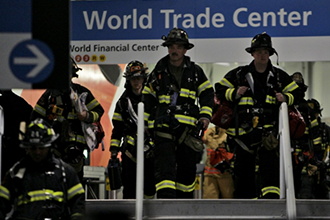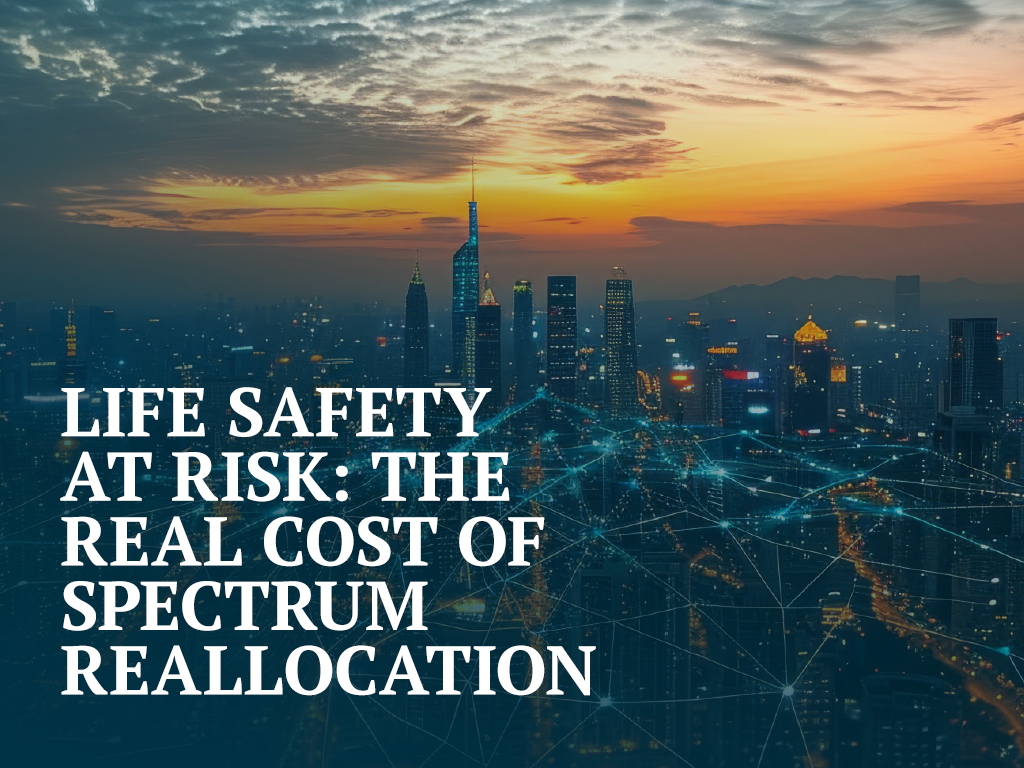When hi-jacked airliners flew into the World Trade Center, the Pentagon and a field in Pennsylvania, rather than the nations’ Capitol, on September 11, 2001, a glaring defect in public safety communication was exposed among many infrastructure issues. Hurricanes Katrina, Rita and Sandy exposed similar problematic issues, particularly interagency communications. When hi-jacked airliners flew into the World Trade Center, the Pentagon and a field in Pennsylvania, rather than the nations’ Capitol, on September 11, 2001, a glaring defect in public safety communication was exposed among many infrastructure issues. Hurricanes Katrina, Rita and Sandy exposed similar problematic issues, particularly interagency communications.
I recently watched a documentary on the 9/11 tragedy that honed in on the complete interagency communication disconnect between civilian and military agencies that occurred. While it was frustrating to see such confusion, misinformation and conflicting ‘traffic’ among agencies occur, it was quite understandable, given the paradigm of the time.
Subsequently, the 9/11 Commission determined that a new form of inter-agency communications system was vital in order to allow resources from all levels of public safety to coordinate and communicate high priority needs. This was the genesis of FirstNet, the First Responder Network Authority. FirstNet is designed to provide secure, reliable and prioritized communications between major events and first responders among any and all agencies as needed. An entirely new broadband network will be built for FirstNet and it will allow the kind of interoperability that is vitally needed for public safety.
So, how does this impact the alarm industry?
The alarm industry, through the efforts of the Alarm Industry Communications Committee (AICC), began working with the FirstNet Authority to identify potential opportunities and challenges with FirstNet implementation for public safety communications. The issues and potential challenges are very complex, but the opportunities are easily explained by example.
When there is an alarm activation, there are currently two means of communicating that activation to the alarm monitoring center, land line (POTS) or wireless (2G, 3G, 4G, LTE). From the monitoring center to the public safety answering point (PSAP) the notice of activation is made by voice or automated secure alarm protocol (ASAP).
That is the baseline of operability today, but let’s look forward to FirstNet and imagine alarm systems with FirstNet compliant communication devices that can transmit video or other signals that are transmitted from the monitoring center to the PSAP and, because of FirstNet, from the PSAP to the police officer in route to the alarm location.
Imagine a day when the video of a break-in to a residence, gun shop or jewelry store is transmitted to responding officers’ mobile data computers (MDC) in REAL TIME! There may be circumstances when such is available today, but not with the pre-emptive prioritization and security that will come with FirstNet. Nor the speed or reliability. The infrastructure of FirstNet is a literal generation ahead of anything that exists today in public safety. This would be a true game-changer for the alarm industry if alarm signals and communications could have a place in this infrastructure.
FirstNet is a 25-year project and AT&T was awarded the contract to build the infrastructure for this highly-secure, redundant and reliable network. AT&T committed $40 billion for the infrastructure and technology. As it currently exists, states must opt-in to FirstNet and thus far, 20 states have opted in. While it will take time for full implementation, the potential for true public-private cooperation in crime deterrence and life safety will be a game changer.
For more information on FirstNet, go to: https://www.firstnet.gov/




